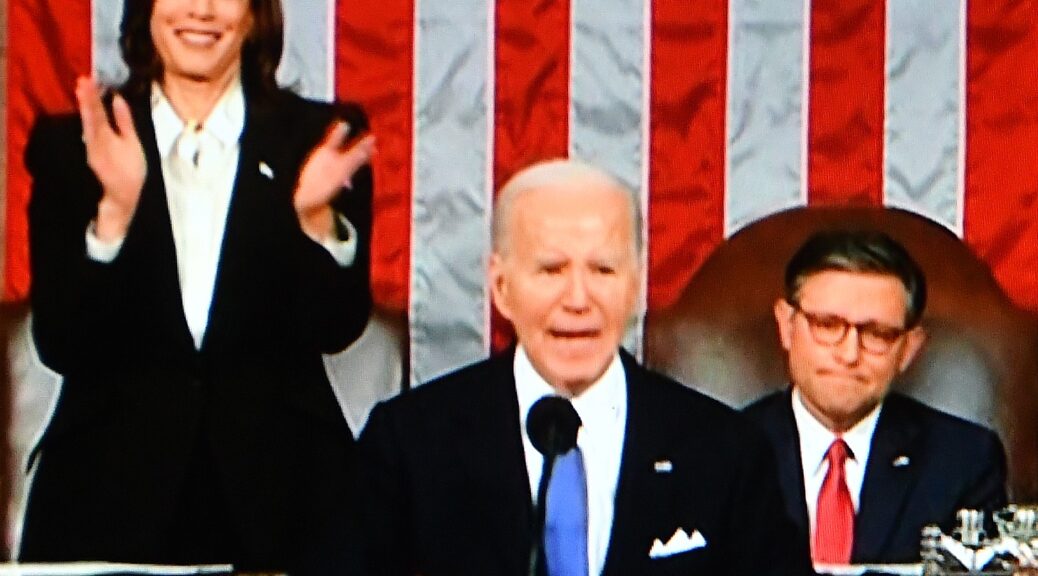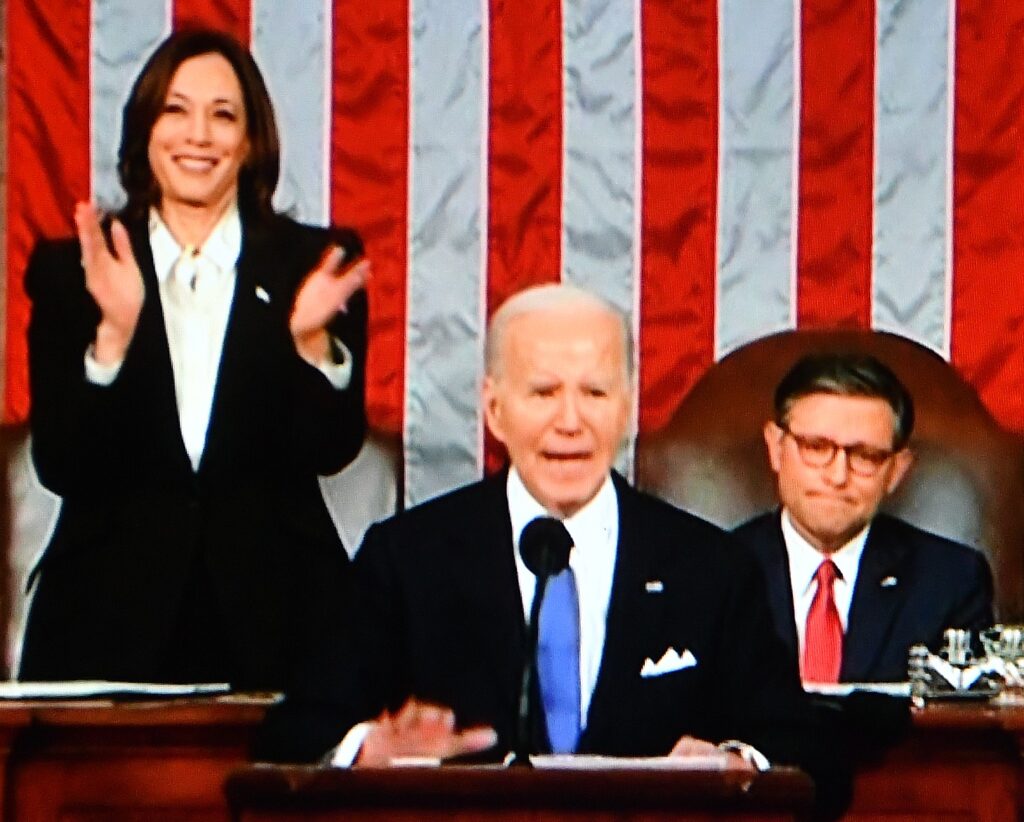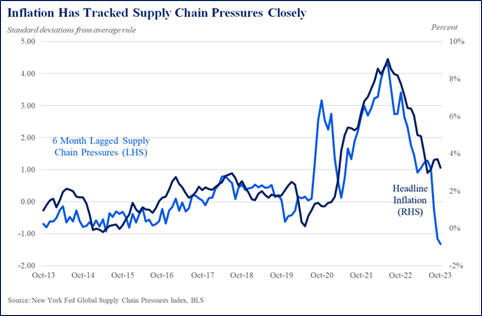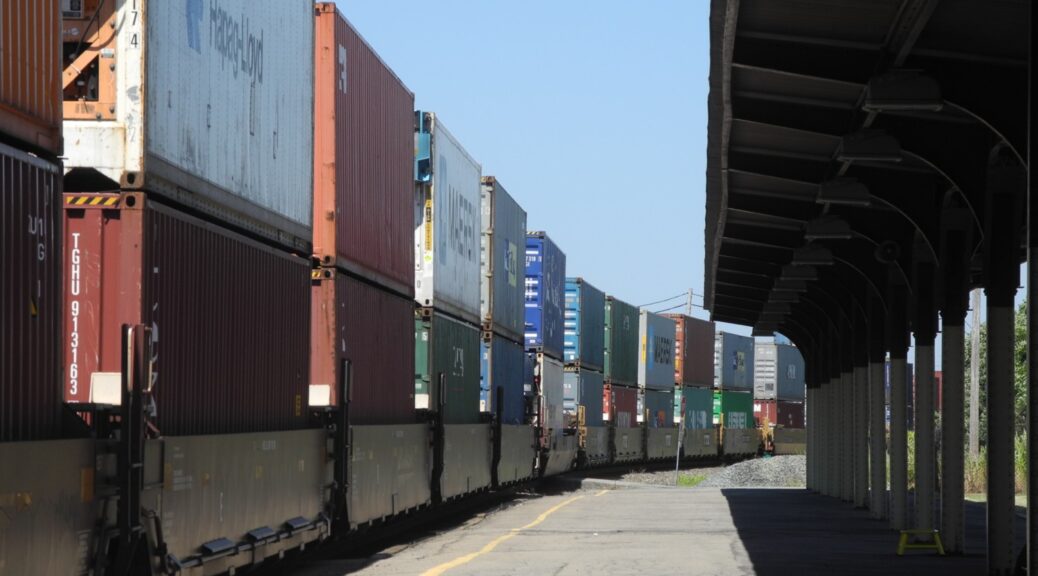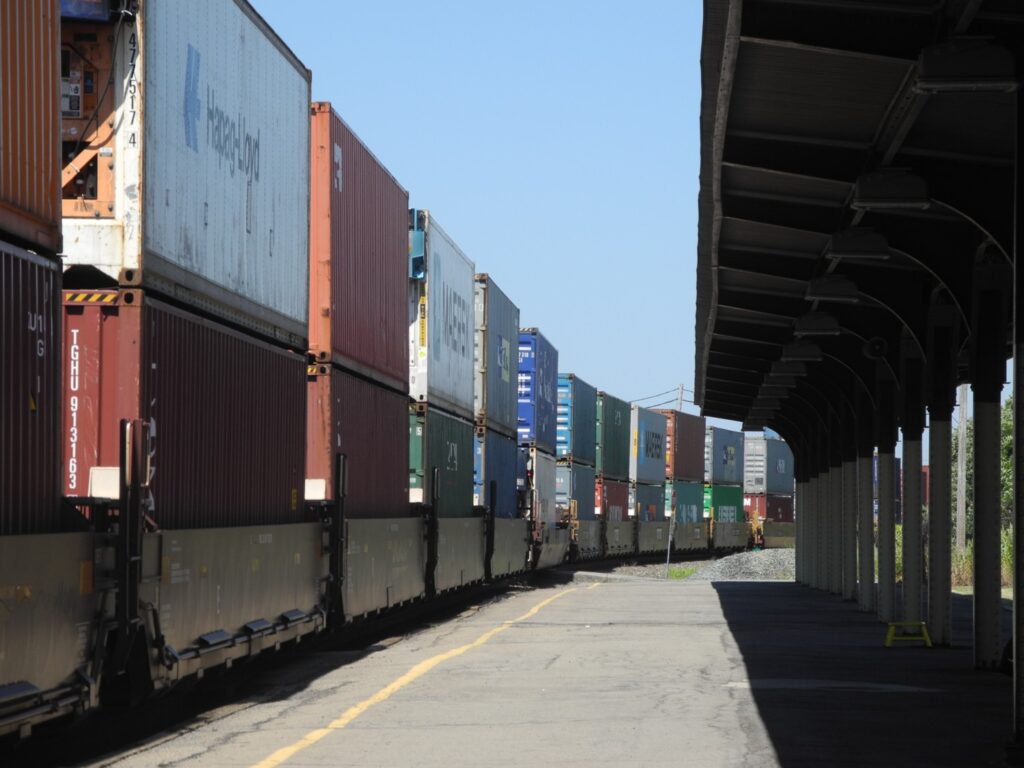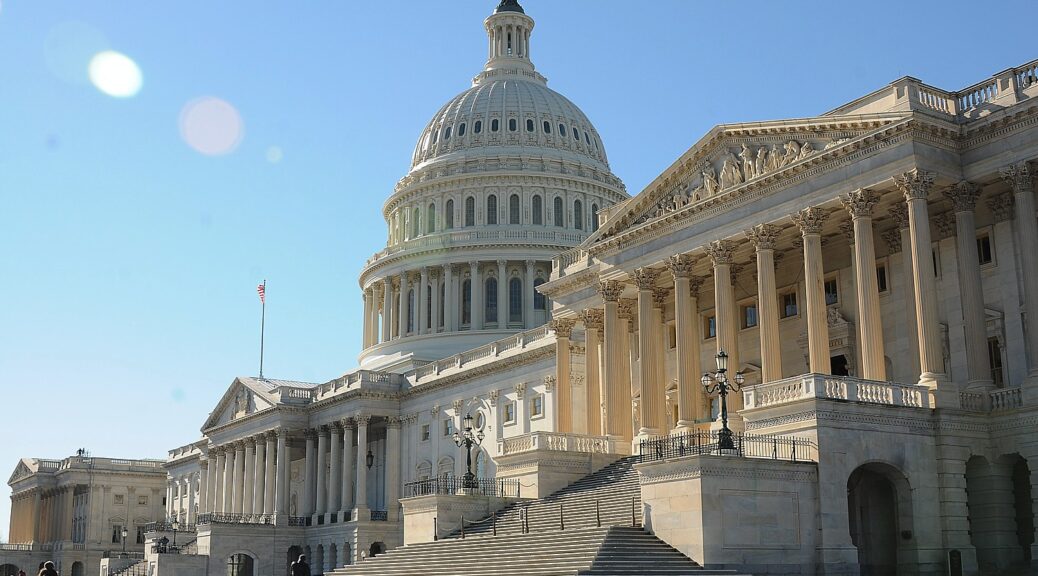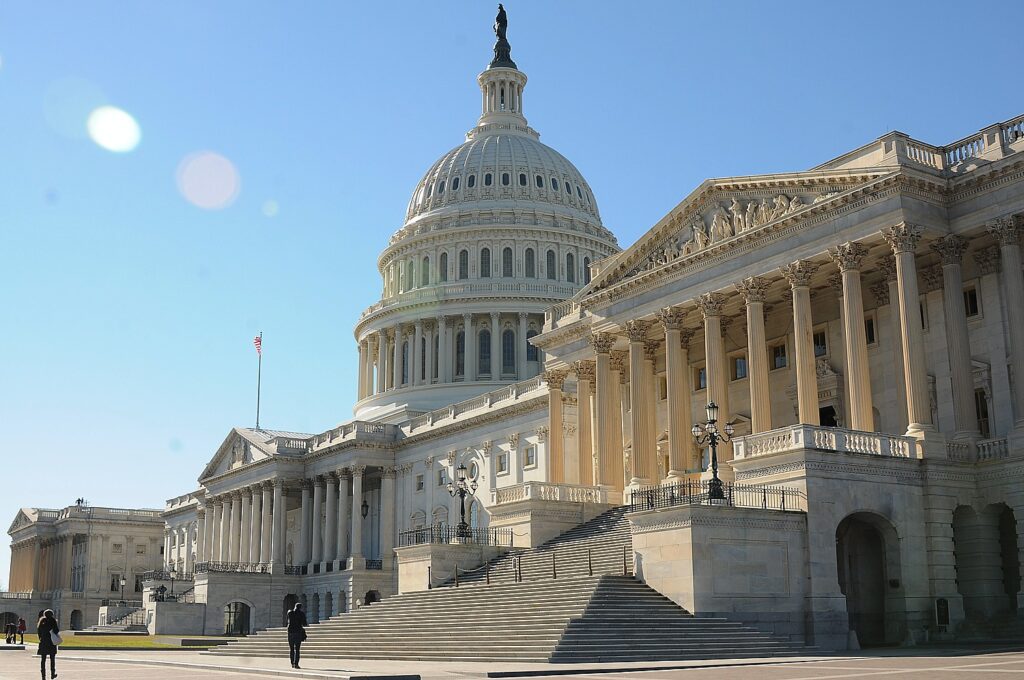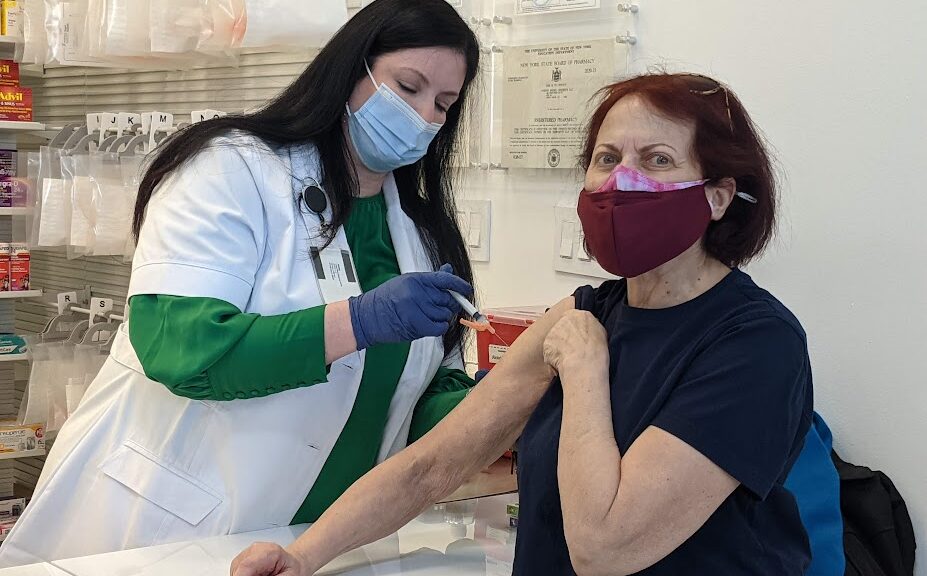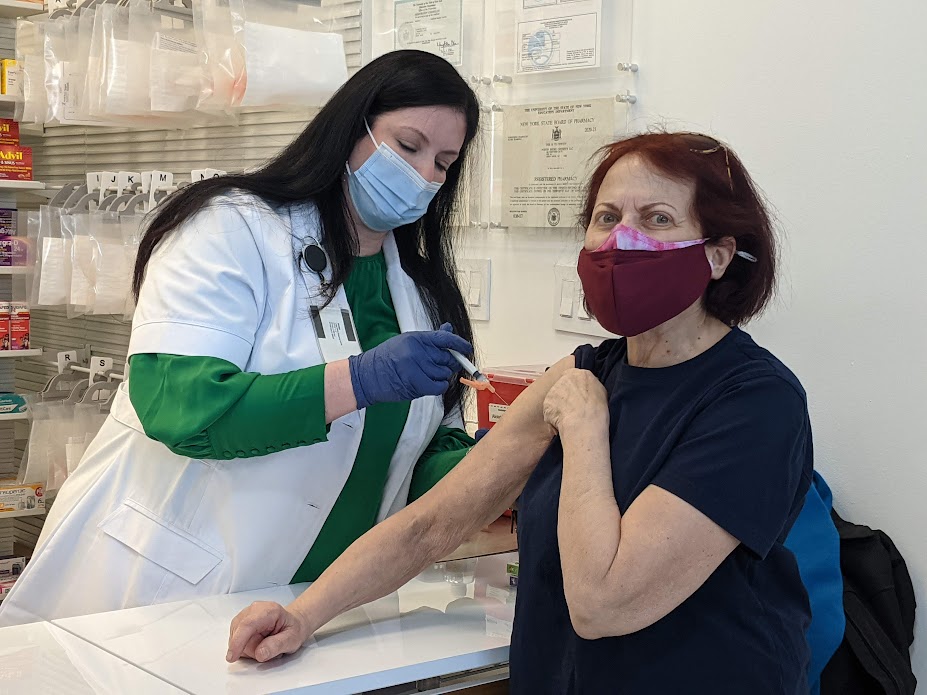
By Karen Rubin, News-Photos-Features.com, [email protected]
In a commanding display how important civilian and military mariners are to U.S. national and economic security, this year’s U.S. Merchant Marine Academy graduation featured an array of top brass including keynote speaker National Security Advisor Jake Sullivan; U.S. Congressman Tom Suozzi; Deputy Transportation Secretary Polly Trottenberg; Maritime Administer Rear Admiral Ann C. Phillips; General Eric M. Smith, the 39th Commandant of the Marine Corps; Vice Admiral Joanna M. Nuna, the 14th Superintendent of USMMA; and Rear Admiral Dianna Wolfson (USMMA class of ’96), who delivered the distinguished Alumna speech on the 50th anniversary of the first women to be admitted to USMMA, indeed, any federal service academy.

Their speeches were inspiring and captured the “pivotal” inflection of time as the U.S. fights to maintain its primacy of the sea and keep commerce (90 percent of trade conducted by sea) free flowing, tackle the challenges of Ukraine, China’s incursions into the Pacific, the threats in the Mediterranean by non-state actors. In all of these, mariners in civilian shipping and mariners in the military play a key role to keep the seas open and free to trade, or to deliver critical supplies to the front lines

In his keynote address, Jake Sullivan, National Security Advisor told the 214 graduates, “You have much to be proud of and the path you have chosen is a tremendously honorable one. As soon-to-be ensigns and second lieutenants, assistant engineers, and third mates, you will crew ships that are essential to our Nation’s security,” said Sullivan. “You’ll spend a large part of your life at sea so your fellow Americans can live safely at home.”

He continued, “Now, as the President’s National Security Advisor, I see the impact of the U.S. Merchant Marine every single day. In the Atlantic, you are making sure that ammunition reaches Ukrainian soldiers fighting for their freedom. In the Pacific, you are deterring aggression and upholding freedom of navigation. In the Red Sea, as Admiral Nunan and Administrator Phillips referenced, you’re facing down unprecedented attacks against international trade in one of the most vital waterways in the world. At ports, on decks, and in engine rooms around the globe, the Blue and Gray help keep our people safe and our country strong. And in return, we owe it to you to keep the merchant marine strong and that’s why President Biden is taking historic steps to spur investment in ships made in American shipyards, built with American supplies, and crewed by American Mariners.”

As Superintendent, Vice Admiral Joanna M. Nunan, USMS, addressed the “Covid kids,” the Class that arrived at the height of the pandemic, and said, “Somehow, you kept your faith in Kings Point’s promise that the world would open to you. Class of 2024, you were always determined, a breed apart, the essence of Acta non Verba!”

Speaking to the new graduates, Distinguished Alumna Rear Adm. Dianna Wolfson, USN, Director of Fleet Maintenance, U.S. Fleet Forces Command, Class of ’96, said, “We stand at a pivotal moment today, facing formidable challenges on the horizon but I have every confidence that the men and women graduating here today are not just equipped to face these challenges, but to conquer them.”

As part of the commencement exercises, General Eric M. Smith, USMC, 39th Commandant of the Marine Corps, administered the commissioning oath to the 214 graduates before an audience of more than 3,000, including family members, and representatives from the federal government, U.S. military, and maritime industry.

Rear Adm. Michael E. Platt, USCG, Commander, First Coast Guard District, administered the Merchant Mariner Oath to all the graduates and 56 graduates were also sworn in as active-duty officers in the Army, Marine Corps, Navy, Air Force, and Coast Guard. The remaining graduates will serve as Navy reservists in the Strategic Sealift Officer Program while working as USCG-Licensed Mariners aboard deep-sea vessels, offshore supply vessels, tugs, and towing vessels.

After the ceremony concluded, Admiral Nunan said, “the presence of the National Security Advisor and the Commandant of the Marine Corps was not just an honor but a testament to the critical role the U.S. Merchant Marine Academy plays in protecting our nation. Their participation added overwhelming excitement and pride among the graduates and their families, and was matched only by the enjoyment they showed in joining us.”

Each Congressionally nominated graduate received a Bachelor of Science Degree and an unlimited Merchant Marine Officer license from the Coast Guard, and an officer’s commission in the Navy or other branch of the military. In exchange for their education, each has the option of serving as a Merchant Marine Officer while concurrently serving in any branch of the U.S. military in the reserves or serving five years of active duty. USMMA graduates ensure a steady stream of Merchant Marine Officers who support the nation’s economic and security requirements in times of peace and war.
The U.S. Merchant Marine Academy, located in Kings Point, N.Y, educates and graduates leaders of exemplary character who are inspired to serve the national security, marine transportation, and economic needs of the United States as licensed Merchant Marine Officers and commissioned officers in the Armed Forces. President Franklin D. Roosevelt dedicated the Academy, which was established under the Merchant Marine Act of 1936, as the United States Merchant Marine Academy in 1943. It is administered by the Maritime Administration under the auspices of the Department of Transportation.
__________________________
© 2024 News & Photo Features Syndicate, a division of Workstyles, Inc. All rights reserved. For editorial feature and photo information, go to www.news-photos-features.com, email [email protected]. Blogging at www.dailykos.com/blogs/NewsPhotosFeatures. ‘Like’ us at facebook.com/NewsPhotoFeatures, Tweet @KarenBRubin




